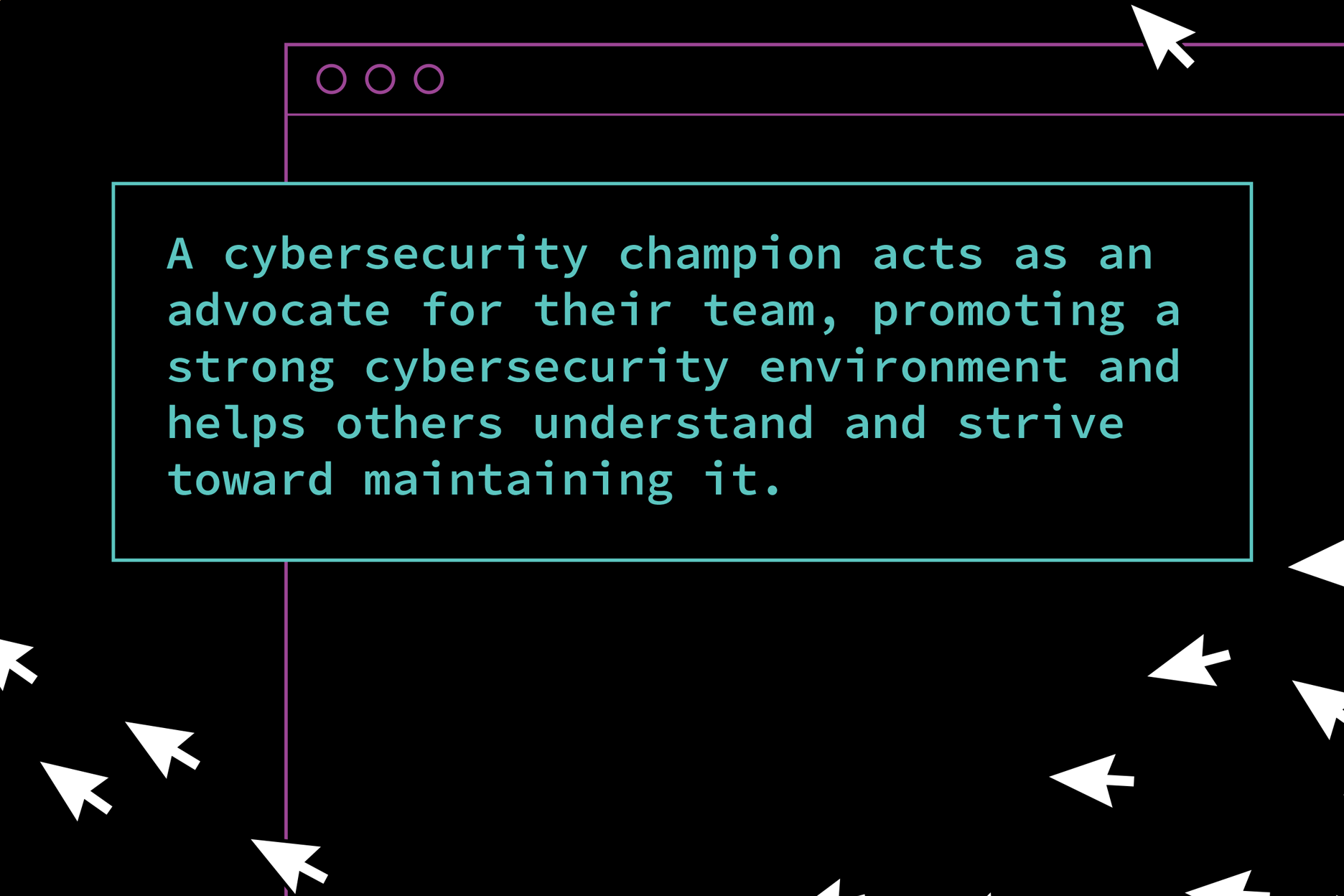Insurance, healthcare and employee benefits have common business drivers that mandate the need for test automation. Each of these industries are data intensive and often include personally identifiable information (PII), payment card industry (PCI) or protected health information (PHI) compliance. There is no room for manual errors. While that alone may be sufficient to justify test automation, the customer experience lifecycles for onboarding, servicing, and renewals drive successful customer satisfaction and retention results. This is where PEOs can differentiate themselves with automation.
In today’s digital environment, test automation is necessary for meeting the service levels required by a sophisticated customer base. Given the wider adoption of agile methodologies, automation, and continuous deployments, testing cannot be executed using traditional manual processes. In this article, we will examine key opportunities for introducing test automation and identify approaches and technologies to drive successful project delivery and ensure accelerated onboarding of customers.
DOES ONBOARDING TEST YOUR CUSTOMER’S PATIENCE?
For employee benefits, onboarding involves various insurance and healthcare products and payroll options. A tremendous amount of active and historical data is transferred between customer, broker, and administrator. To add to the challenge, the quality of the data is often problematic and may come from various sources. Organizations can achieve automation by building testing accelerators, data extraction engines, automated forms and file comparisons, and automated reconciliation into your process. The onboarding process sets the bar for service expectations or can build a backlog of issues that may take weeks or months to resolve and start the relationship on a challenging path.
UNDERWRITING: ENSURING THE PRICE IS RIGHT
For property and casualty and specialty business insurance, submission and underwriting process automation is a key component of winning business and issuing policies. Testing must align with a straight-through-processing model. Processing ingests product-specific forms, claim loss run reports and supplemental data. Accelerators can be built for identifying specific forms for data extraction, testing automating risk triage and ensuring the correct pricing is applied based on accessing a rating engine or applying an underwriter decision. Testing the correct data ingestion, risk triage and raters are key to getting the proper pricing for the risk class, notifying the broker, and issuing the policy. How you price the risk will drive the profitability of the business.
TO RENEW OR NOT RENEW THAT IS THE QUESTION
Open enrollment is the time where test automation is often appreciated most. This is a time where organizations are onboarding new customers while also renewing existing customers that may have selected various new products and services along with revised pricing that aligns with prior claims and service experience. For renewals, automation can include the analysis of data collected during the contract year and testing the implementation of the changes in product or benefit selection, third-party interfaces, reporting, and premium billing for the new effective date. The windows are tight to sunset prior year rules and implement new contract year selections. Automation is a key enabler to avoid a backlog and provide a positive customer experience.
SELECTING YOUR AUTOMATION FRAMEWORK
At Quess GTS, we use a variety of tools for automation. Three commonly used tools for test automation are Selenium as an Automated Testing Framework, Jenkins for Continuous Deployment and Excel for building Test Case Accelerators. These tools work very well together and are ideal for organizations of all sizes. The frameworks integrate with existing tools and technologies without constraints on scale. They also provide comprehensive reporting and analytics to track test results, defect trends, and enable prioritization.
With Excel, you can generate hundreds or thousands of test cases or easily modify your test case repository for similar conditions. For insurance, healthcare and employee benefits you may want to consider starting with:
- Modular testing frameworks which separate components focused on specific functionalities while promoting reusability.
- Data-driven frameworks that test various input sets by separating test scripts from test data. This enables efficient testing with different data combinations.
- Multi-step frameworks to address complex testing needs and consider automation, application specific requirements and multi-platform/browser integration.
BUILDING YOUR TEST CASE REPOSITORY
Automation will not happen overnight. It is an incremental process that leverages reusable cases and assets for onboarding new customers, testing new features, performing automated compares, or running regression. The following are considerations in building your repository:
- Functionality: Firms need to test each function and component separately as well as multi-step processes executed in a straight-through-processing model.
- Risk components: Priority should be given to automation that tests functions where defects could impact customer satisfaction, compliance or financial integrity.
- Time-consuming tests: Automation and use of accelerators allows you to get testing done in a fraction of time and reduce time from subject matter experts who have scarce availability.
- Reusability: Test cases should be built which various rules and data combinations can be achieved efficiently and allow for cloning where only a subset of data changes from established cases.
TESTING YOUR AGILITY
Test scripting in an agile environment requires writing automated, repeatable, and reusable test cases. Test scripts must be well documented and easily adaptable for frequent or continuous deployments. Some considerations include:
Maintainability and scalability: Automated tests in Agile should be easily updated to accommodate frequent changes.
Collaboration and communication: Agile processes require collaboration among testers, developers, and product owners. There must be clear targets, alignment on goals and defined acceptance criteria.
Continuous Deployments (CD): Automated test scripts should run as part of automated process that may evolve to a CD pipeline, providing immediate feedback on the quality of code changes in a release.
User Experience: Test scripts are not for back-office functions only. The user experience should consider multi-platform/browser inputs (mobile, desktop, other), workflow rules and straight-through-processing while ensuring security requirements are met.
While each organization is at a different level of technology and test automation sophistication, test automation is achievable for all. Using some of the tips and recommendations in this article within a PEO industry context enables a verticalized approach to automation. Organizations should start small, scale the automation, and consider evolving to continuous deployments where test scripts are bundled with software changes into a shared environment. With each update, automated builds and tests are triggered for early detection of errors. Integrating automated testing seamlessly into the delivery pipeline provides actionable insights to each release, enabling quick defect resolution and limiting technical debt. The result is improved quality, time to market and customer satisfaction.
Test automation is a mandate in today’s digital-first environment and provides a PEO a foundation to grow its business while increasing the competitive capabilities to win and service business. Our recommendation is to start with test case automation and frameworks and transition to CD over time based on business needs, technology tools and application stack. We suggest partnering with a firm with expertise in this area to assess your environment, collaborate with your team to build test cases, provide advisory tools and establish the environment, and ensure scalability to increased automation and potentially continuous deployment. The right approaches will give you a time-tested digital foundation to grow your business with significant improvements in customer experience.
-
SHARE
- Copy to clipboard



